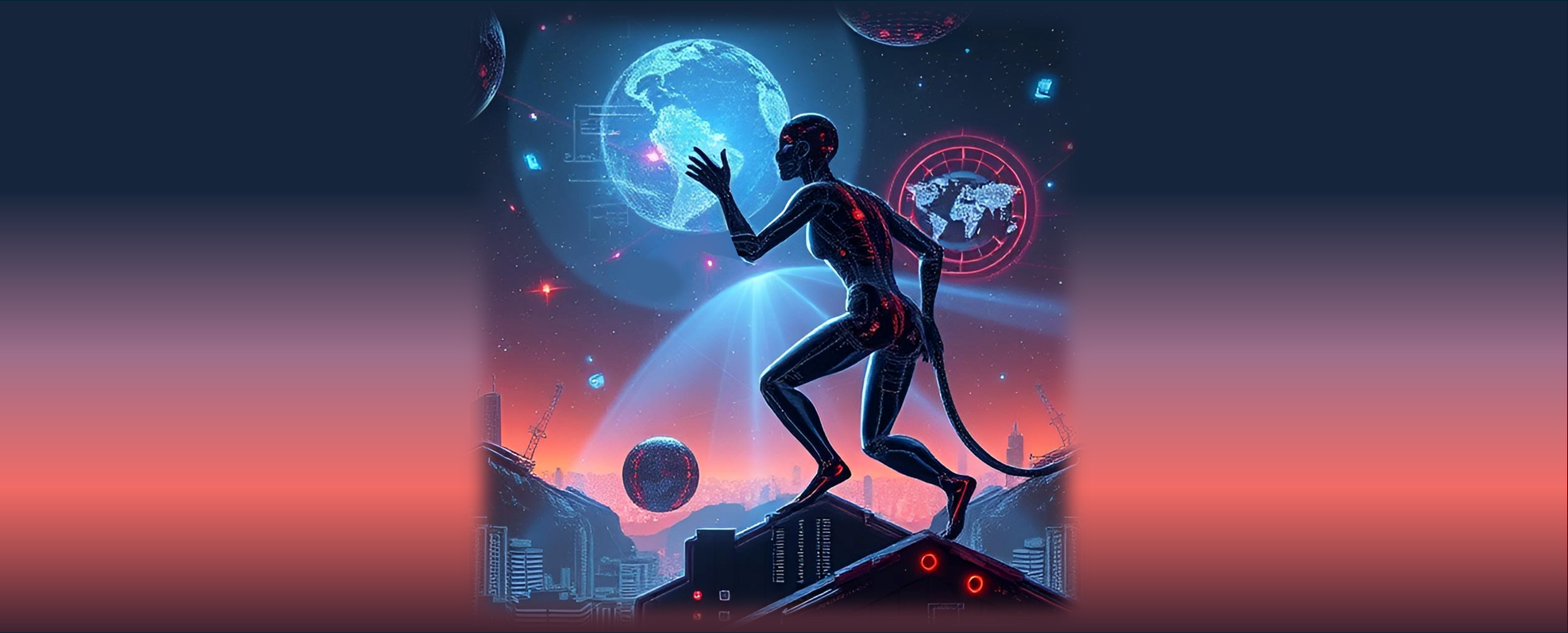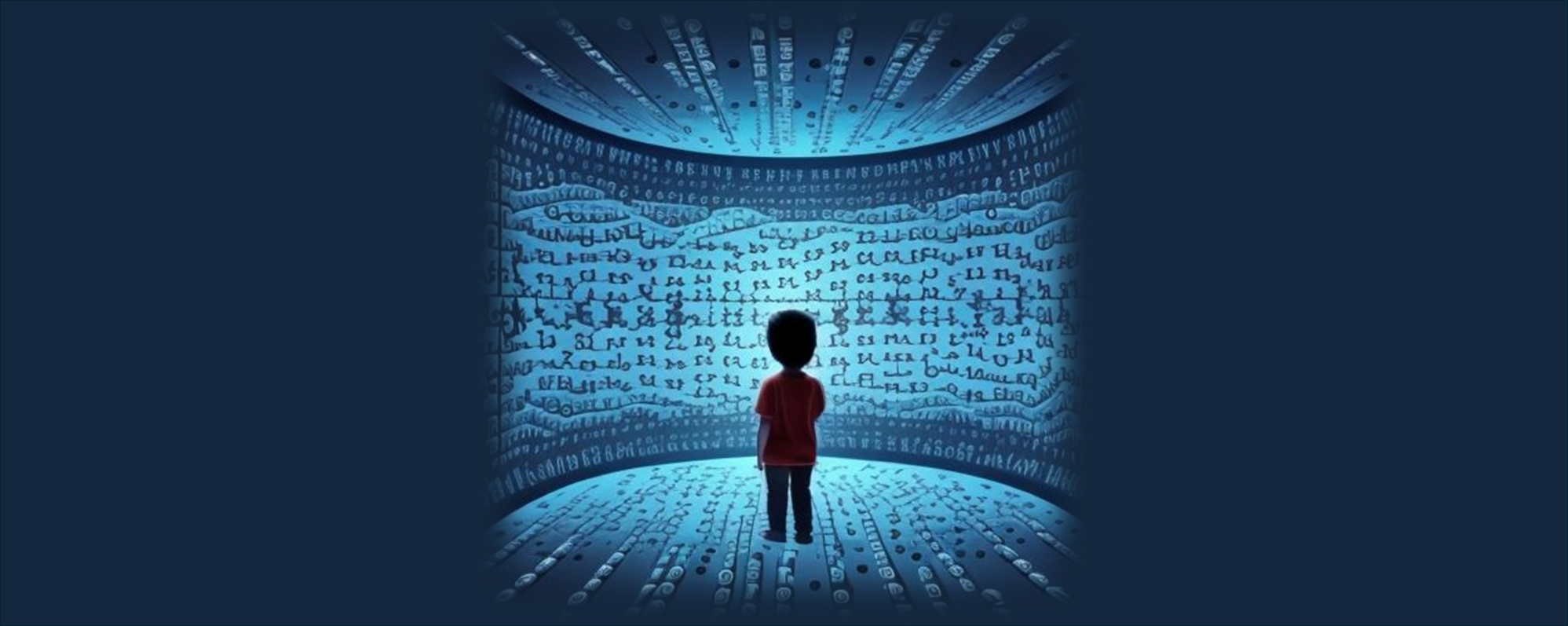Nature’s Blueprint: Reimagining AI Through the Lens of Natural Intelligence
In the bustling corridors of modern AI research laboratories, scientists grapple with a paradox that would have seemed incomprehensible to their predecessors: why do our most sophisticated AI systems struggle with tasks that a one-year-old child masters effortlessly? This phenomenon, known as Moravec’s paradox, offers a profound insight into our approach to artificial intelligence—and perhaps its fundamental limitations.
The history of human innovation provides an illuminating parallel. Before the scientific revolution, creativity was viewed as a divine gift, an ethereal spark that descended upon rare geniuses. Yet by the mid-20th century, corporations like General Electric and Eastman Kodak had systematized innovation, demonstrating that structured teams of “ordinary” scientists could achieve extraordinary results. Are we approaching a similar inflection point in our understanding of intelligence?

The Distributed Nature of Natural Intelligence
Consider the humble ant colony. Without central direction or complex individual intelligence, these insect societies solve logistical challenges that would challenge our most advanced algorithms. Through simple rules and collective interaction, they create sophisticated solutions for resource allocation, path optimization, and colony defense. This emergent intelligence challenges our computational-centric view of AI development.
The financial markets offer a compelling human parallel. Like an ant colony, markets process vast amounts of information through distributed decision-making. The 2008 financial crisis demonstrated how these interconnected systems can amplify both efficiency and risk—a lesson that bears directly on our development of AI systems. Just as market participants make decisions based on local information and global patterns, truly intelligent systems might need to balance individual processing with collective learning.
Beyond the Processing Power Paradigm
The contemporary AI landscape is dominated by a simple equation: more processing power plus larger datasets equals greater intelligence. This mirrors our Cold War-era approach to creativity, where standardized tests and systematic techniques promised to quantify and enhance creative capacity. But nature suggests a more nuanced path.
Research from the Santa Fe Institute reveals that intelligence isn’t merely computational—it’s fundamentally relational. Consider how children learn: not through isolated data processing, but through rich social interaction and exploratory play. As developmental psychologist Alison Gopnik’s work demonstrates, human intelligence emerges from an extended period of protected learning, supported by intergenerational knowledge transfer.
Rethinking AI Architecture
This natural blueprint suggests several key principles for AI development:
- Interactive Learning Systems: Rather than training on static datasets, AI systems might benefit from dynamic, social learning environments. The success of modern language models hints at this potential, but truly interactive learning remains elusive.
- Emergent Complexity: Simple rules producing sophisticated behaviors—the ant colony principle—could offer more robust and adaptable AI architectures than our current monolithic approaches.
- Knowledge Transfer Networks: Building mechanisms for systems to share and build upon learned experiences, mimicking the intergenerational transmission of human knowledge.
- Contextual Intelligence: Developing systems that understand not just what they can do, but when and how to apply their capabilities appropriately.
The Integration Imperative
Forward-thinking organizations are already embracing this naturalistic approach. Modern research laboratories increasingly deploy AI systems that augment rather than replace human researchers—handling routine analysis while leaving crucial judgment calls to experienced professionals. This hybrid model recognizes that intelligence isn’t just about capability, but about contextual application.
Consider how financial institutions are evolving their approach to AI. Rather than pursuing the holy grail of autonomous trading systems, they’re developing tools that process vast datasets to identify patterns and scenarios, while maintaining human oversight for strategic decisions. This approach acknowledges that true intelligence emerges from the interaction between computational power and human judgment.
Future Horizons: Learning from Nature’s Laboratory
Nature’s billion-year experiment in intelligence development offers clear lessons for AI advancement. Intelligence isn’t a monolithic capability but a dynamic, emergent property arising from interconnected systems. As we push the boundaries of AI development, success may depend less on raw processing power and more on our ability to mirror nature’s architectural principles.
This suggests a fundamental shift in how we approach AI development. Instead of creating artificial minds that replicate human cognition, we might focus on understanding the universal patterns of intelligence—whether in neural networks, social systems, or natural ecosystems. This knowledge could guide the development of tools that enhance rather than replace human capabilities.
The Path Forward
As we stand at this technological crossroads, the question isn’t whether AI will surpass human intelligence, but how we can best integrate artificial and human capabilities to solve complex problems. The creativity revolution of the mid-20th century transformed our understanding of innovation. Similarly, this naturalistic approach to AI could revolutionize how we think about and develop artificial intelligence.
The future of AI lies not in the relentless pursuit of computational power, but in the thoughtful application of nature’s time-tested principles. By learning from the distributed intelligence of ant colonies, the social learning of human children, and the emergent properties of complex systems, we might develop AI systems that truly augment human potential rather than attempting to replicate it.
In this evolution, we might find that the most powerful AI systems aren’t those that think like humans, but those that think with us—creating a symbiotic relationship that honors both the unique capabilities of artificial intelligence and the irreplaceable qualities of human cognition. After all, nature’s greatest lesson might be that true intelligence isn’t about individual capability, but about the connections and interactions that give rise to collective wisdom.



